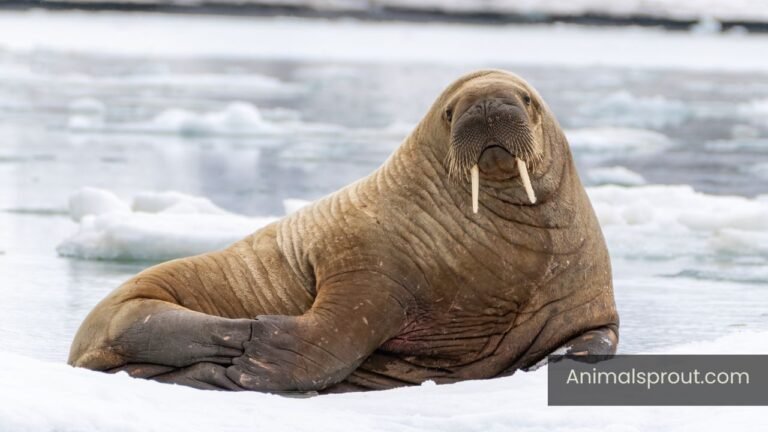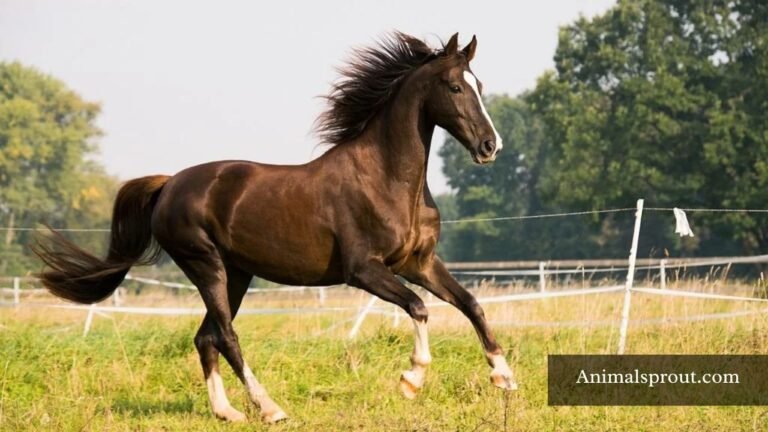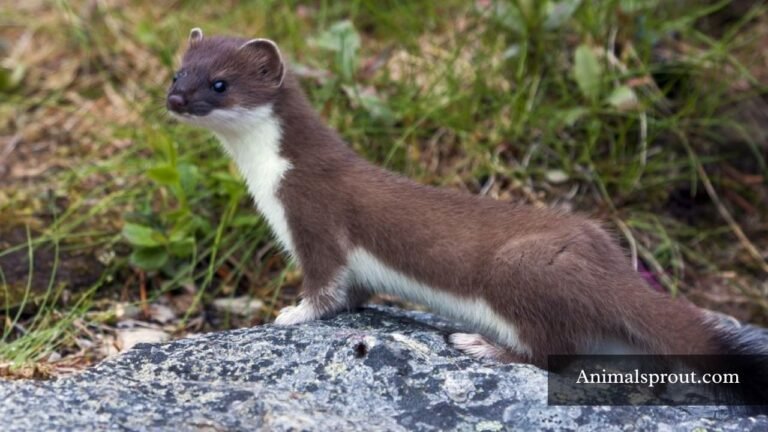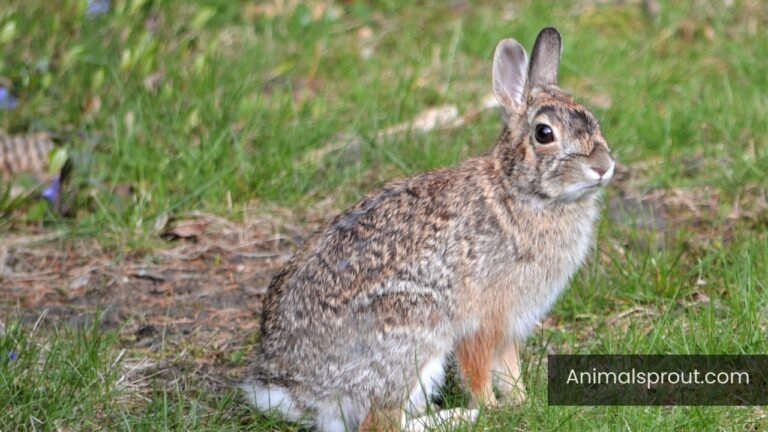Explore Animals That Are Not Mammals (With Pictures)
From the vibrant colors of tropical birds to the eerie beauty of deep-sea jellyfish, animals that are not mammals showcase some of nature’s most extraordinary designs. This article will take you on a journey through various classes of non-mammalian animals, revealing their importance in maintaining ecological balance and inspiring awe in their unique forms. Get ready to expand your knowledge and discover why these creatures deserve our attention and admiration.
What Is A Mammal?
A mammal is a member of the class Mammalia, which is characterized by several distinct features. One of the most notable traits is the presence of mammary glands, which produce milk to nourish their young. This reproductive strategy is unique to mammals and plays a crucial role in the development and survival of offspring. Additionally, mammals are warm-blooded (endothermic), meaning they can regulate their body temperature internally, allowing them to thrive in a variety of environments.
Mammals also typically have hair or fur at some stage of their life cycle, which helps with insulation and sensory functions. The class Mammalia includes a diverse range of species, from tiny shrews to enormous blue whales, and they can be found in nearly every habitat on Earth.
List Of Animals That Are Not Mammals
Here is the list of animals that are not mammals:
- Birds
- Fish
- Reptiles
- Amphibians
- Great White Sharks
- Flamingos
- Emperor Penguins
- Cockroaches
- Pigeons and Doves
Birds
Birds, with their vibrant plumage and melodious songs, represent a unique branch of the animal kingdom that continues to captivate our imagination. Unlike mammals, birds possess feathers—a remarkable adaptation that not only aids in flight but also serves as insulation and a means of communication. The diversity within the avian world is astonishing; from the iridescent hummingbird that flits effortlessly between flowers to the majestic albatross that soars across vast oceans, each species showcases a remarkable evolutionary journey shaped by its environment.

Moreover, birds exhibit fascinating behaviors that challenge our understanding of intelligence in the animal kingdom. For instance, corvids—like crows and ravens—demonstrate problem-solving skills on par with primates, using tools to obtain food and even recognizing human faces. This cognitive complexity reveals a rich inner life that many might overlook when considering non-mammalian creatures.
Also read: Explore Top 7 Humble Animals In The World.
Fish
Fish are an incredibly diverse group of animals that have adapted to a myriad of aquatic environments, showcasing an array of shapes, sizes, and behaviors. From the bioluminescent wonders of the deep ocean to the vibrant colors of tropical coral reefs, fish reveal the complexities of evolution in action. Unlike mammals, fish breathe through gills, allowing them to extract oxygen from water, a remarkable adaptation that highlights the ingenuity of life on Earth. This unique respiratory system enables them to thrive in environments where air-breathing creatures would struggle, demonstrating nature’s ability to innovate.
Moreover, fish exhibit fascinating social structures and communication methods that often go unnoticed. Many species engage in complex behaviors, such as schooling for protection against predators or using intricate displays of color and movement to attract mates. The vibrant patterns found in species like clownfish or parrotfish not only serve aesthetic purposes but also play critical roles in signaling health and vitality within their communities.
Reptiles
Reptiles, often overshadowed by their warm-blooded mammalian counterparts, offer a fascinating glimpse into the evolutionary past and the adaptability of life on Earth. These cold-blooded creatures, which include snakes, lizards, turtles, and crocodiles, have thrived in diverse environments for millions of years, showcasing incredible physiological traits that allow them to survive in extreme conditions. For instance, the ability of certain reptiles to enter states of brumation—a hibernation-like state—enables them to endure harsh winters by significantly slowing their metabolism and conserving energy.
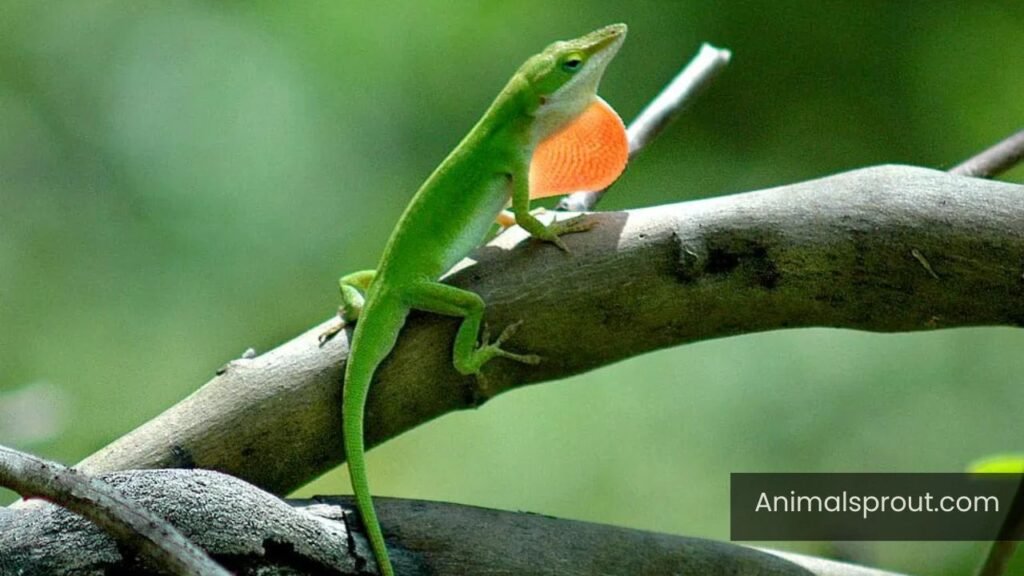
The world of reptiles is also a masterclass in adaptation and survival strategies. Take the chameleon, with its remarkable color-changing abilities that serve not just for camouflage but also for communication and temperature regulation. Similarly, the alligator’s powerful jaw and stealthy approach have made it a top predator in aquatic ecosystems, demonstrating how specialized adaptations can create ecological niches. As we delve deeper into their lives, we uncover not just their unique characteristics but also their critical roles in maintaining the balance of ecosystems, from controlling pest populations to serving as indicators of environmental health.
Amphibians
Amphibians, a fascinating class of animals that includes frogs, salamanders, and caecilians, are often overshadowed by their more popular mammalian counterparts. These creatures are unique not only for their dual life stages—spending part of their lives in water and part on land—but also for their remarkable adaptations to diverse environments. For instance, the skin of amphibians serves as a vital organ for respiration and hydration, allowing them to absorb oxygen directly from their surroundings. This permeability, while crucial for survival, also makes them particularly sensitive to environmental changes, highlighting their role as indicators of ecosystem health.
In recent years, scientists have turned their attention to the extraordinary capabilities of certain amphibians, such as the axolotl, which boasts regenerative powers that allow it to regrow limbs and even parts of its heart and brain. This unique ability has ignited interest in biomedical research, with potential applications in human medicine. Moreover, the vibrant colors and patterns seen in many species serve not just as camouflage but also as warnings to predators about toxicity—a testament to the complex interplay of survival strategies within amphibian life.
List of Non Mammal Animals But Create Milk
Here are the non mammal animals but create milk:
- Great White Sharks
- Flamingoes
- Emperor Penguins
- Cockroaches
- Pigeons and Doves
Great White Sharks
Scientific Name: Carcharodon carcharias
Class: Chondrichthye
Great white sharks, often viewed as apex predators of the ocean, are not just formidable hunters; they also possess a unique reproductive strategy that sets them apart in the animal kingdom. While mammals are typically associated with milk production to nourish their young, female great whites exhibit a fascinating form of parental investment through a process called ovoviviparity. In this method, embryos develop inside eggs that remain within the mother’s body until they are ready to hatch, allowing the pups to be born fully formed and capable of immediate survival.

What makes this even more intriguing is the physiological adaptation that allows these sharks to produce a nutrient-rich substance akin to milk during gestation. This “milk” is not produced in mammary glands but rather secreted through specialized tissues, providing essential nutrients to the developing embryos. This evolutionary trait highlights the remarkable adaptability of species in ensuring their offspring’s survival, showcasing how non-mammal animals can exhibit behaviors and characteristics traditionally associated with mammals.
Readmore: Explore Top 10 Down Syndrome Animals In The World.
Flamingos
Scientific Name: Phoenicopteridae
Class: Aves
Flamingos, often celebrated for their striking pink plumage and elegant stance, possess a unique biological trait that sets them apart in the animal kingdom: they produce a form of milk. Unlike mammals, flamingos generate this nutrient-rich secretion, known as “crop milk,” from specialized cells in their digestive tract. This remarkable adaptation serves as a vital source of nourishment for their chicks during the early stages of life, highlighting the complexities of avian care that often go unnoticed.
What’s particularly fascinating is the composition of flamingo milk, which is rich in fats and proteins, tailored to meet the rapid growth demands of their young. Both male and female flamingos participate in feeding their chicks, showcasing a rare instance of cooperative parenting among birds.
Emperor Penguins
Scientific Name: Aptenodytes forsteri
Class: Aves
Emperor penguins, the largest of their kind, possess a fascinating and unique form of parental care that includes the production of a substance remarkably similar to milk. This “milk,” produced in their esophagus, is a nutrient-rich fluid that they regurgitate to feed their chicks. Unlike traditional mammalian milk, this secretion is high in fat and protein, providing essential energy for the chicks during their crucial early weeks of life. The process showcases an incredible adaptation to their harsh Antarctic environment, where food scarcity can make survival challenging for young penguins.
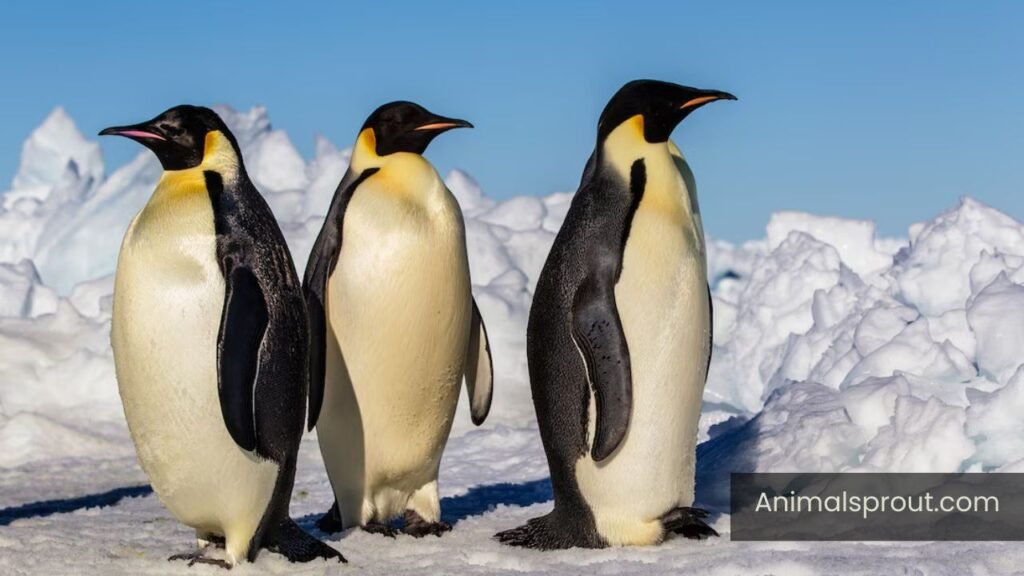
What sets emperor penguins apart is not just their innovative feeding method but also their remarkable commitment to nurturing their young. After laying an egg, the female transfers it to the male, who incubates it on his feet under a flap of skin known as a brood pouch. During this incubation period, which lasts about two months, the males endure extreme cold and fasting, relying on their reserves until the female returns from foraging. This shared responsibility highlights the cooperative nature of emperor penguin parenting, emphasizing how evolutionary pressures have shaped their social structures in ways that resonate with our understanding of care and survival in the animal kingdom.
Cockroaches
Scientific Name: Blattodea
Class: Insecta
While most people associate milk production solely with mammals, the animal kingdom harbors fascinating exceptions that challenge our understanding of nourishment. Among these is the cockroach, a creature often dismissed as a mere pest but one that exhibits remarkable traits. Some species of cockroaches produce a substance known as “cockroach milk,” which is not milk in the traditional sense but a protein-rich secretion from their brood sac. This secretion serves to nourish their young and is packed with essential nutrients, making it an intriguing study subject for scientists.
Pigeons and Doves
Class: Aves
Pigeons and doves, often overlooked in the animal kingdom, possess a remarkable ability that aligns them with mammals: they produce a nutrient-rich substance known as “pigeon milk.” This secretion, produced in the crop of both male and female birds, serves as a vital food source for their chicks during the first few days of life. Unlike mammalian milk, which is derived from mammary glands, pigeon milk is a thick, creamy fluid made up of protein and fat, showcasing nature’s ingenuity in nurturing the young.

What’s particularly fascinating about this phenomenon is the intimate parental bond it fosters. Pigeon parents take turns feeding their young, regurgitating the milk directly into their mouths.
Readmore: Explore Most Annoying Animals In The World.
Conclusion
Animals that are not mammals encompass a remarkable array of species that enrich our world in countless ways. Whether it’s the intricate social structures of insects or the serene elegance of fish swimming through coral reefs, each group offers unique insights into nature’s ingenuity.
By studying these non-mammalian animals, we gain a deeper appreciation for biodiversity and the interconnectedness of all living things. It is essential to recognize their importance in our ecosystems and work towards safeguarding their habitats.
FAQs
What animal is not a mammal?
There are countless animals that are not mammals, as mammals represent just one class within the vast kingdom of Animalia. For example, birds are a prominent group of non-mammals. They have feathers, lay eggs, and are known for their ability to fly, although not all birds can do so. Reptiles are another fascinating category. This includes snakes, lizards, and turtles, which are characterized by their scaly skin and cold-blooded nature. Then there are amphibians like frogs and salamanders, which undergo metamorphosis and often live both in water and on land.
Is shark a mammal?
No, sharks are not mammals; they are fish. Specifically, they belong to a group called elasmobranchs, which are characterized by having a cartilaginous skeleton instead of bones. Unlike mammals, sharks breathe through gills and lay eggs or give live birth depending on the species.
Is a Whale a mammal?
Yes, a whale is indeed a mammal. Despite living in the ocean, whales share several key characteristics with other mammals. They are warm-blooded, breathe air through lungs, and give live birth to their young, which they nurse with milk.


